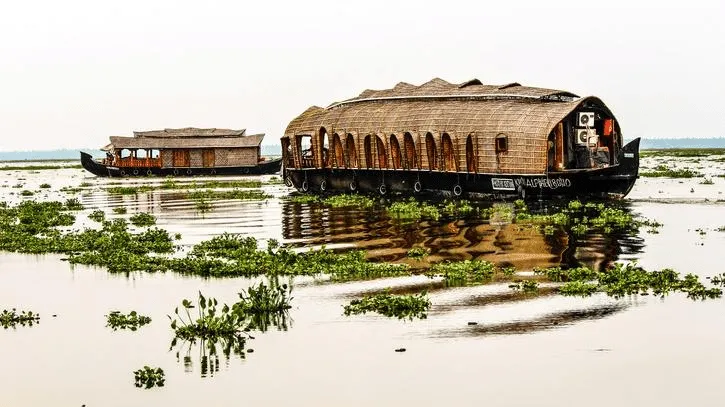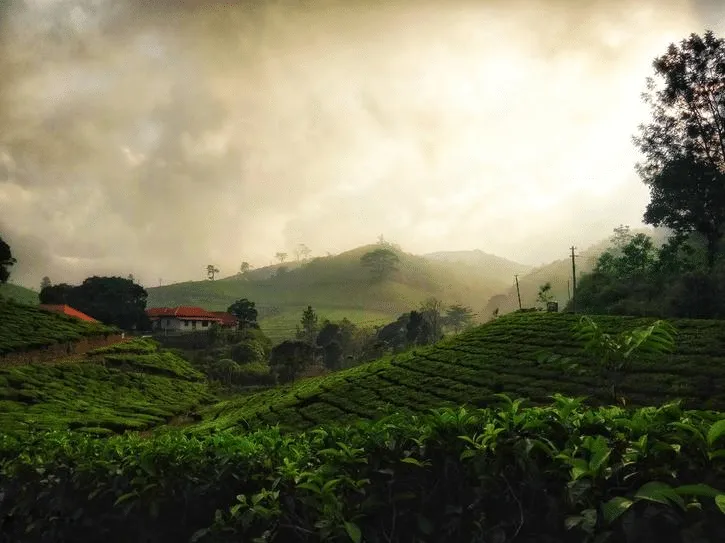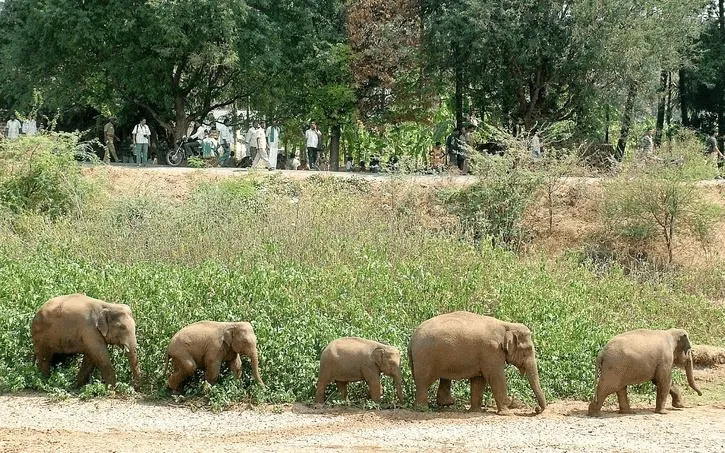Kerala farmers continue to protest in various upland areas of the state against the recent Supreme Court order to establish 1 km Eco-sensitive Zones around all protected areas, wildlife sanctuaries and national parks.
What are Ecosensitive Zones?
Within 10 kilometres of protected areas, national parks and wildlife sanctuaries there are places known as eco-sensitive zones or ecologically fragile areas.
As per the Environmental Protection Act, 1986, ESZs are declared by the MoEFCC (Ministry of Environment, Forests and Climate Change), Government of India. Even areas greater than 10 km wide can be included in the eco-sensitive zone where there are sensitive corridors, connectivity and biologically significant patches that are essential for linking the landscape.

The main objective is to limit the harmful effects of certain activities on the delicate ecosystem that surrounds the National Parks and Wildlife Sanctuaries.
- Ecosensitive Zones are fragile areas around protected areas declared by the Ministry of Environment, Forests and Climate Change (MoEFCC).
- They are areas notified by the MoEFCC around Protected Areas, National Parks and Wildlife Sanctuaries.
- The purpose of declaring EEZs is to create some kind of “buffers” for protected areas by regulating and managing activities around those areas.

- Among the activities prohibited in the eco-sensitive zone are hydroelectric projects, brick kilns, commercial use of firewood, and discharge of untreated effluents into natural water bodies or land areas.
- No new hotels and commercial complexes will be allowed within 1 km of the boundary of the protected area or to the extent of the eco-sensitive zone, whichever is closer, except for small temporary structures for ecotourism activities.
Activities are allowed in these areas
Prohibited activities: Commercial mining, sawmills, industries that cause pollution (air, water, soil, noise, etc.), the establishment of large hydroelectric projects (PHA), commercial use of wood, tourist activities such as hot air balloons over the National Park, discharge of effluents or any solid waste or production of hazardous substances.

Regulated activities: felling of trees, the establishment of hotels and resorts, commercial use of natural water, construction of electrical cables, drastic change of the agricultural system, e.g. adoption of heavy technology, pesticides, etc., expansion of roads.
Permitted Activities: Ongoing agricultural or horticultural practices, rainwater harvesting, organic farming, use of renewable energy sources, and adoption of green technology for all activities.
Also Read
- Sarbal Village: A hamlet in Kashmir waiting for development
- Farmers in MP face crop failure every year due to climate change
- Climate Change: Kishanganga Dam causes water concerns
Follow Ground Report for Climate Change and Under-Reported issues in India. Connect with us on Facebook, Twitter, Koo App, Instagram, Whatsapp and YouTube. Write us on GReport2018@gmail.com









